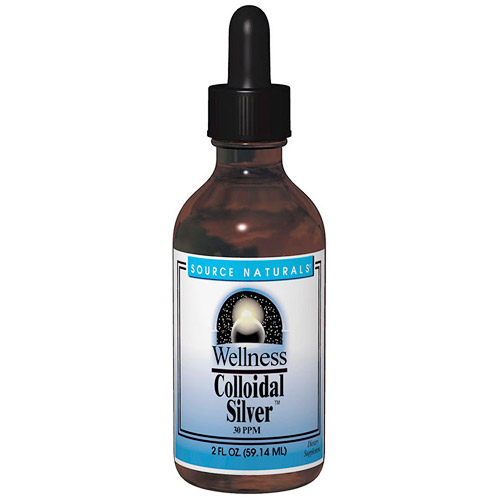I have to admit, these results are purely anecdotal, but sometimes it's nice to hear what has worked, in real life, for others.
Valerian Root
for... anxiety & insomnia.
This calms me down and helps me sleep without making me super drowsy. I take the NOW brand.
L-tryptophan
for... anxiety & insomnia, mood improvement.
I also use NOW for this one. The side effects are almost non-existent, even less than with valerian. This is simply an amino acid, so very natural. It helps your body produce melatonin. (& when I'm in a real pinch I take actual melatonin which works even better but is not as good for you.) You can even take it in the wee hours of the morning if you can't get back to sleep, and you still won't be drowsy the next day.
Andrographis
for... various infections
The last few times I have felt a doozy of a cold coming on, I popped 6 of these each day, and within 2 days, I had no symptoms. It works against many different types of infection, but I have only used it with upper respiratory-type stuff.
St John's Wort
for... anxiety & depression.
This is one of my favorites. It helped me overcome post partum depression. It makes me feel SO much better. It does have a couple of side effects, but none as serious as the typical anti-depressant drugs. I use Finest Naturals brand from Walgreens.
Calmicid
for... upset stomach
You have to use this brand, and I think it's only available through people who sell Melaleuca products (kind of like Mary Kay or Avon.) It works SO quickly anytime I get an upset stomach from something I shouldn't have eaten. I ran out and had to take Pepto, and it didn't even touch what this stuff does. Plus, it doesn't have any of the artificial stuff that Tums & Pepto has.
Clove oil
for... teething
This seems to be the best teething gel I've tried. You can find it at most stores.
Fish oil
for... moods, mental clarity.
And my dad claims it really helped his eyesight. If you only take one of these recommended supplements, this needs to be the one! It is vital for good health for everyone and especially nursing and pregnant moms. Carlson's is a really good brand.
DSF Formula
for... fatigue associated with low adrenals
I think this is the only brand that makes this stuff. It's a pretty potent treatment for overworked adrenals, which can lead to all sorts of problems. My mood & energy both went way up when my nutritionist put me on this several years ago.
Colloidal Silver
for... ear infections
I have cured 2 of my kids' ear infections with this stuff.
Lemon juice & honey
for... cough
The best thing about this one is it's cheap! I had a bad cold/cough years ago, and my step mom made me chug this stuff. You have to make it strong, with at least a half a lemon and hot water. It's not great, but surprisingly, it did work! It really only lasts up to an hour, but sometimes you're desperate and that's all you need to be able to fall asleep.
Raw cocoa
for... caffeine-like effects
This makes me feel like I drank a half a cup of coffee, and it's full of anti-oxidants too!
and last but not least, my fight-off-a-cold cocktail...
Airborne
+
Emergen-C
Put them both in a glass of water and chug it down, twice a day, at the first sign of a cold. When I started doing this each time, my life changed! I was sick so much less often. I wish they would come out with version that don't have artificial color & sweeteners, but it's still worth it! I keep both on hand at all times.
Disclaimer: I am not a health professional. Please consult your doctor before beginning any of these treatments. :)
Also, please research these before starting, as there are things you need to know about each one. This is just a drive-by post to let you know some things that have worked for me. I can also try to answer any of your questions in the comments section!







